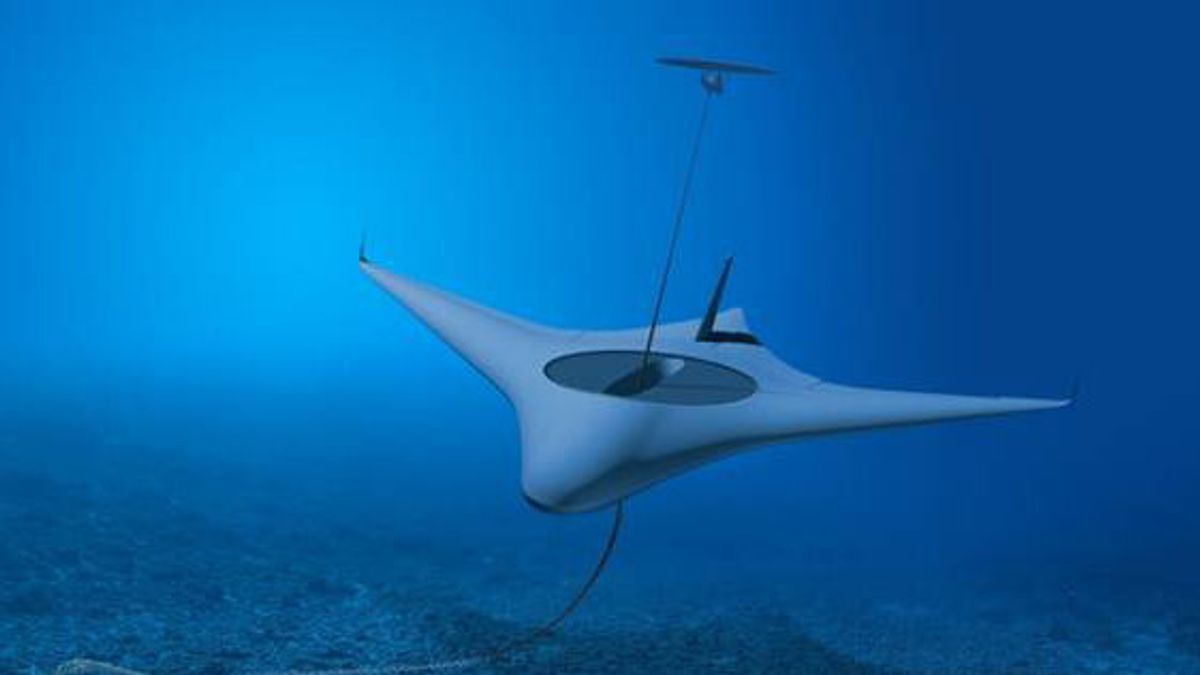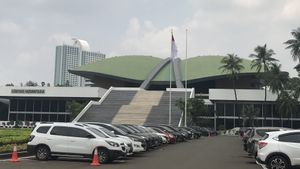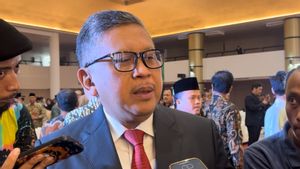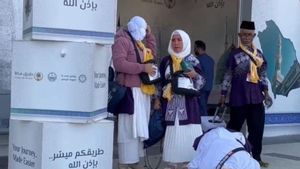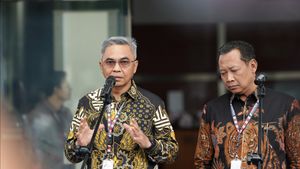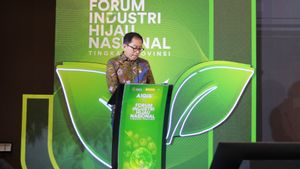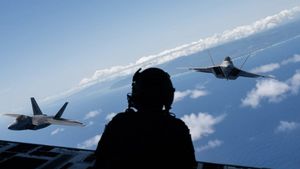JAKARTA - Autralia and the United States (US) are working on a new underwater drone (UUV) for the future of Pacific waters' defense. The first prototype of the unmanned defense tool has recently been tested.
Citing CNN, Tuesday, May 14, the two drones can penetrate the sea depths of different countries can be controlled using satellites and light waves and radio.
Australia Drone bawah laut atau kapal selam Australia bernama Ghost Shark digerap pabrikan Anduril di negara tersebut. Kementerian Pertahan (Kemenhan) Australia berharap model produksi pertama bakal rampaung akhir tahun depan.
"Ghost Shark will provide the Navy with hidden remote underwater warfare capabilities and can carry out intelligence, surveillance, reconnaissance (ISR) and attacks continuously," the Australian Ministry of Defense said in a statement.
The Australian Ministry of Defense confirmed that it would not announce any specification of the Ghost Shark because it is still private.
However, the Australian Ministry of Defense praised the results of the underwater drone speed prototype after testing from an idea that began two years ago.
"The delivery of the first Ghost Shark prototype is ahead of schedule setting new standards for the development of capabilities as needed," Australia's chief defense scientist, Tanya Monro, said in a statement.
SEE ALSO:
The latest US underwater United States Drone was worked on by Northrop Grumman. Under the name Manta Ray, the drone is said to be able to carry a different type of weapon depending on its duties or equipped with special equipment for reconnaissance or possibly intelligence gathering.
The US underwater drone prototype was tested in Southern California in February and March 2024.
The Defense Advanced Research Products Agency (DARPA) said in a trial of the Manta Ray prototype which was being worked on in Maryland was dismantled and then re-installed in Southern California.
"Combination of cross-border modular transportation, assembly in the field, and subsequent implementation demonstrates the first capability for an extra-large UUV," Kyle Woerner, head of the Manta Ray program project in DARPA, said in a statement.
The English, Chinese, Japanese, Arabic, and French versions are automatically generated by the AI. So there may still be inaccuracies in translating, please always see Indonesian as our main language. (system supported by DigitalSiber.id)
